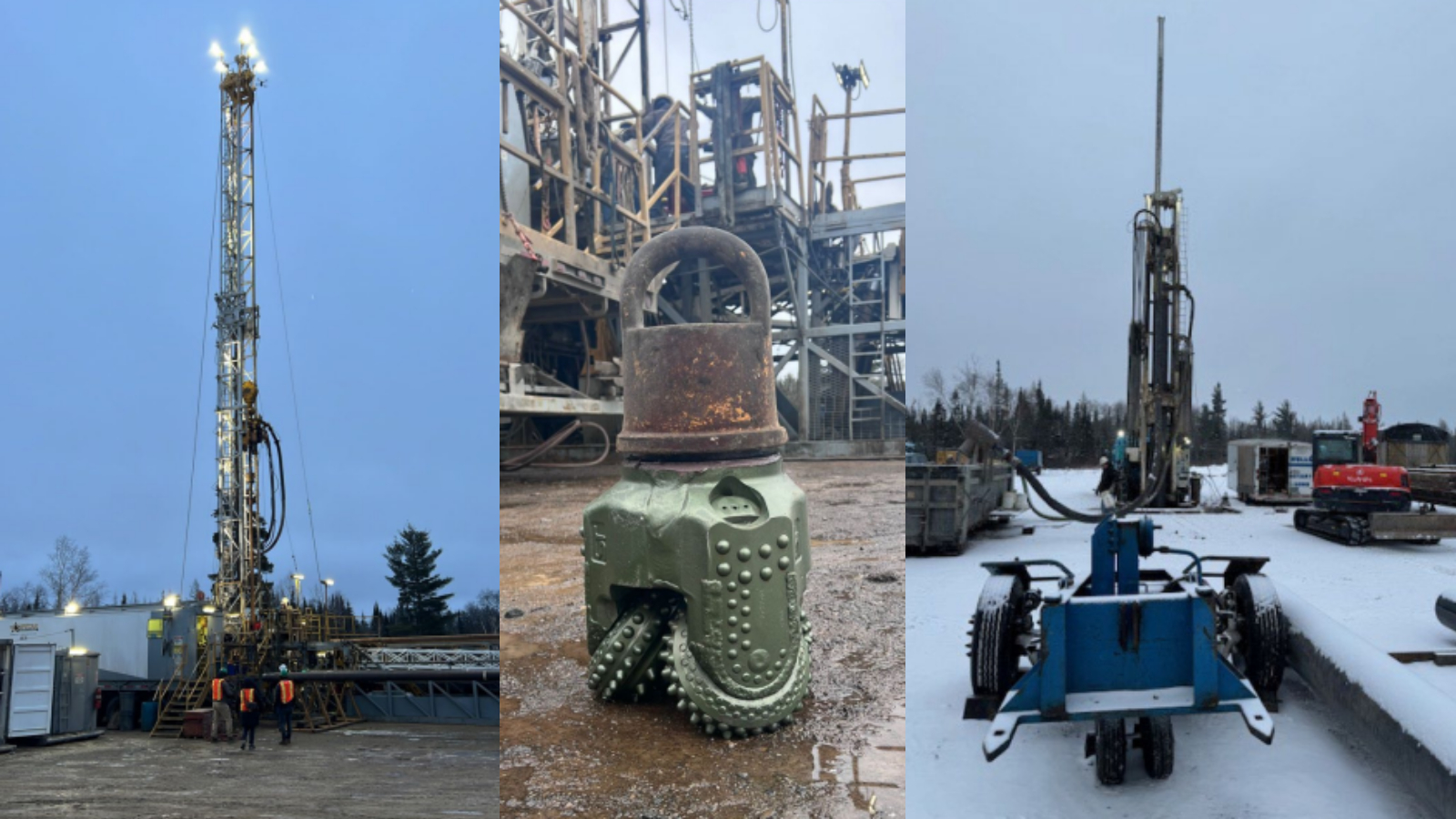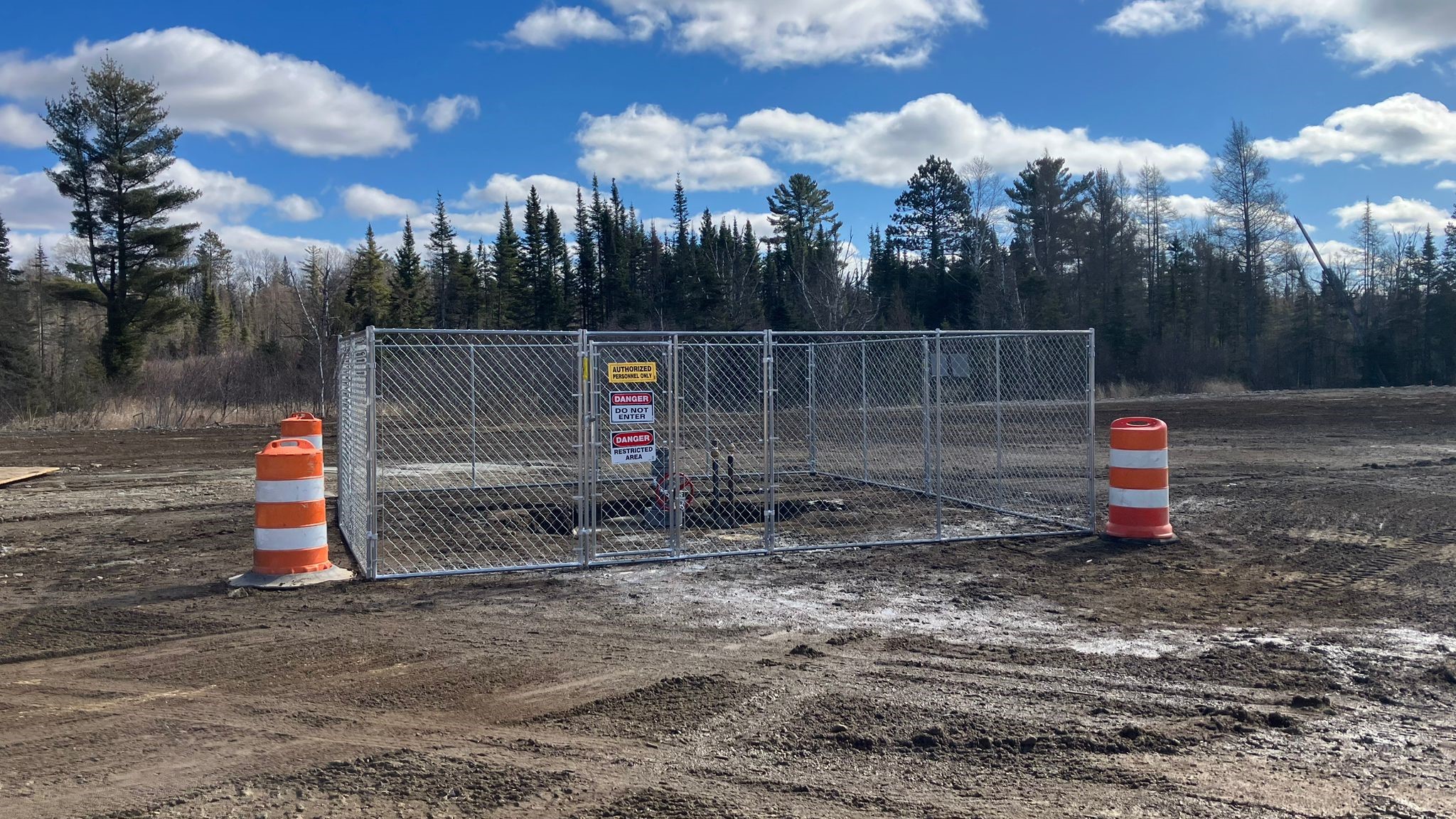'It's had 1.1 billion years to accumulate': Helium reservoir in Minnesota has 'mind-bogglingly large' concentrations
Laboratory results for a helium reservoir discovered in northern Minnesota suggest concentrations of the sought-after gas are the highest the industry has ever seen.

A recently discovered helium reservoir in Minnesota boasts "mind-bogglingly" high concentrations of the gas that are even greater than initially thought, potentially paving the way for commercial extraction.
Resource exploration company Pulsar Helium, Inc. announced the discovery of helium stores in late February, after a drill just outside of Babbitt, in northern Minnesota, located gas deposits at depths of 2,200 feet (670 meters). Initial measurements showed helium concentrations of 12.4% — which "is just a dream," Thomas Abraham-James, the president and CEO of Pulsar Helium, told CBS News at the time. But new laboratory readings have surpassed those results.
The new tests reveal helium concentrations up to 13.8%, which are the highest the industry has ever seen, according to a statement. "That's just a mind-bogglingly large number, because really anything that's 0.3% or 0.5% helium or greater is of interest," Abraham-James told Live Science.
Despite being the second-most abundant gas in the universe, helium is scarce on Earth and only forms through nuclear fusion or the radioactive decay of uranium and thorium.
Normally, helium is obtained as a byproduct of natural gas production, as it accumulates underground in pockets of methane and other hydrocarbons. Minnesota is one of just a handful of locations globally where helium is known to exist without hydrocarbons — the others being in Greenland and southern and eastern Africa. These sites all feature a crust of granite rock rich in uranium and thorium, as well as a rift system that fractures the rock to expose the helium produced through radioactive decay. A dose of volcanism then releases helium atoms from the rock.
"The last ingredient that you need is somewhere for that all to be trapped, and so that could be a sedimentary basin or, like for our project, an igneous rock," Abraham-James said. "For us, it's had 1.1 billion years to accumulate in there, which may account for why the concentration is so high."
Sign up for the Live Science daily newsletter now
Get the world’s most fascinating discoveries delivered straight to your inbox.

Liquid helium is important today as it is used as a coolant in nuclear reactors, rockets, superconductors and medical diagnostic equipment, but due to a limited supply, some sectors are already facing shortages.
"It's pretty dire out there," Abraham-James said.
The recently discovered helium deposits in Minnesota could address critical shortages in the U.S. with minimal losses through transportation, Abraham-James said.
Helium is notoriously difficult to store, and depending on the container, it begins to break down between 25 and 45 days after it is extracted. Most of the world's helium is mixed with hydrocarbons and wafts out of the ground uncontrollably, Abraham-James said, at which point the clock starts ticking to get it to customers. The reservoir in Minnesota, however, could provide helium on tap.
"Effectively, the reservoir is the storage itself," Abraham-James said. "There's not that sense of emergency that you must get it out right now." There would be no need for fracking, he added, as the gas naturally rises to the surface. A production facility at the rig site could then process the helium as and when needed.
Experts are reviewing data collected at the site to establish the size and properties of the reservoir. More measurements are needed to estimate the pressure under which the gas is stored and the flow rates that can be expected once it is released from that pressure.
"That's really just as important as high concentration, because you want to know how much of the gas is voluntarily coming out of the ground — a bit like cracking a soda can," Abraham-Jones said. Results are expected by the middle of the year and will determine whether the site is suitable for commercial production, he said.

Sascha is a U.K.-based staff writer at Live Science. She holds a bachelor’s degree in biology from the University of Southampton in England and a master’s degree in science communication from Imperial College London. Her work has appeared in The Guardian and the health website Zoe. Besides writing, she enjoys playing tennis, bread-making and browsing second-hand shops for hidden gems.









